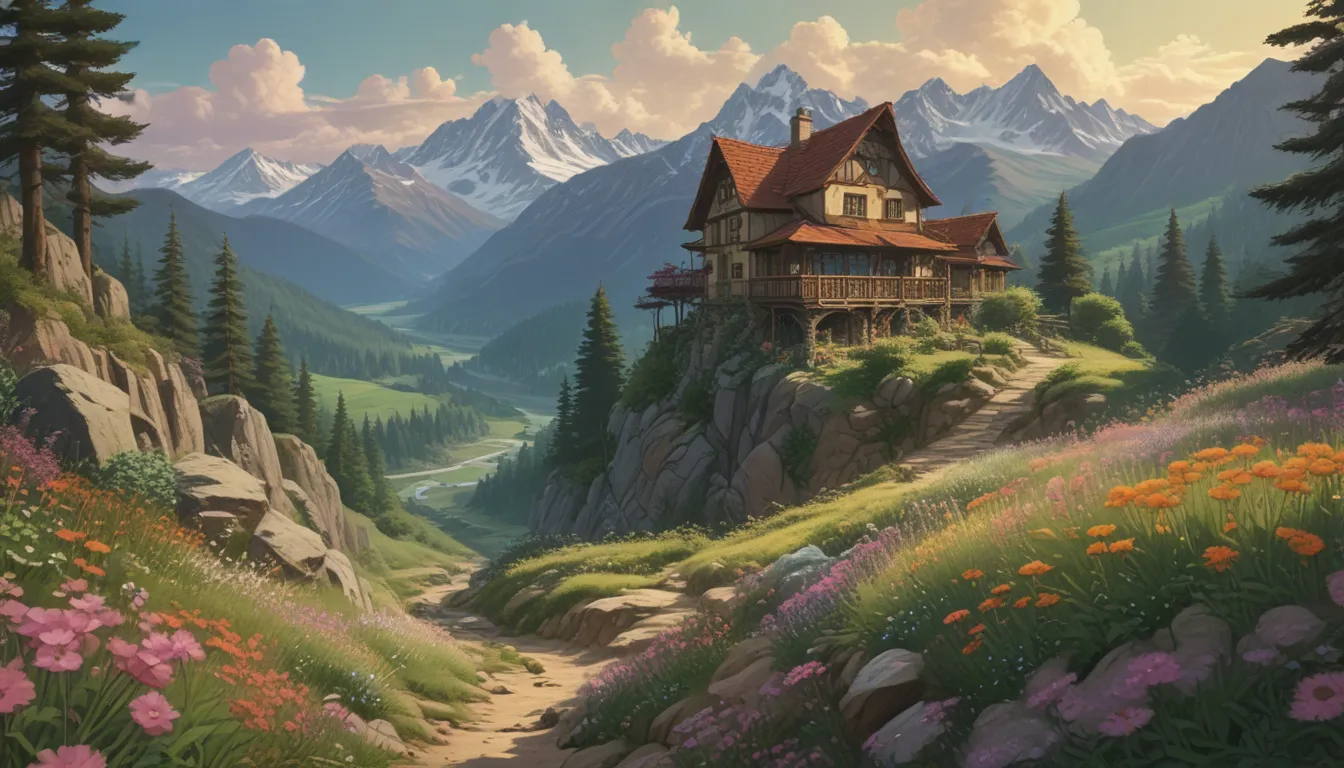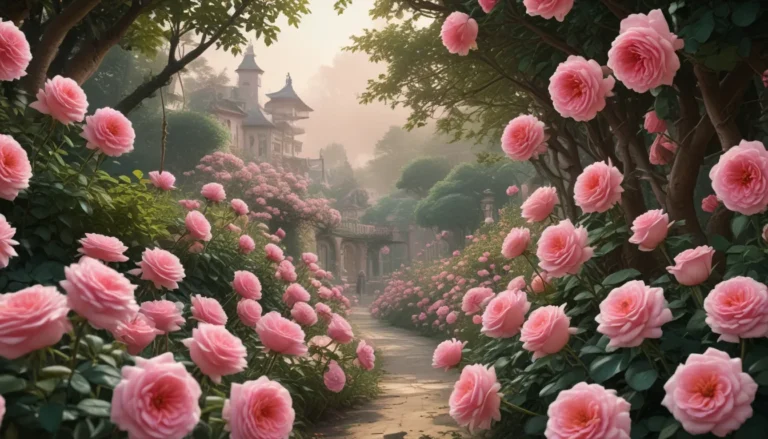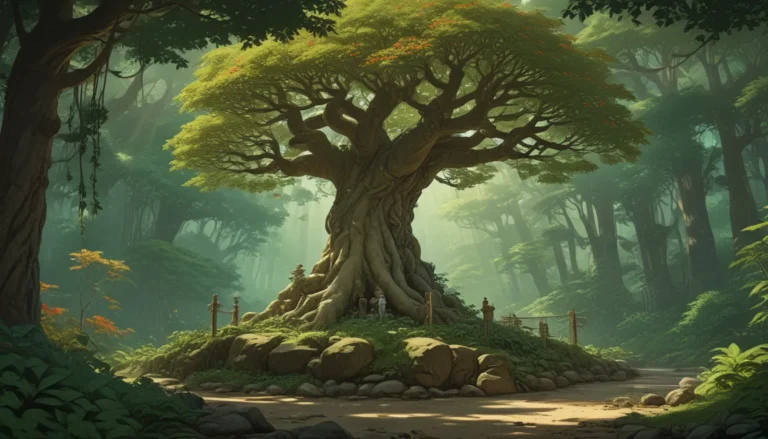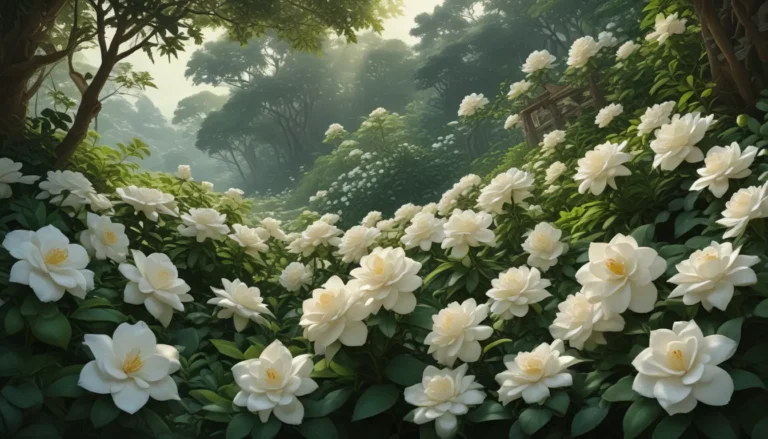The Complete Guide to Growing Rocky Mountain Bee Plant

If you’re looking to add a splash of color and attract pollinators to your garden, look no further than the Rocky Mountain bee plant. This low-maintenance, showy annual wildflower is native to North America and is a favorite among bees and butterflies.
In this in-depth guide, we will walk you through everything you need to know about growing, caring for, and enjoying these beautiful blooms. Whether you’re a seasoned gardener or a beginner looking to add some native plants to your landscape, this article has you covered.
What Is Rocky Mountain Bee Plant?
Rocky Mountain bee plant, scientifically known as Cleomella serrulata, is a stunning annual wildflower that thrives in arid and semi-arid regions. Its lavender-colored flower heads are covered in individual blooms with long stamens, creating a wispy appearance. These flowers bloom continuously for weeks, attracting pollinators with their nectar.
Native to western and central parts of the US and Canada, Rocky Mountain bee plant can reach heights of up to six feet, making it a striking addition to any garden. Its palmate leaves and long taproot add to its unique appearance, while its seed pods provide food for birds.
Cultivation and History
This wildflower has a rich history, dating back to the 1800s when it was first collected by explorers Lewis and Clark. With various common names such as “skunkweed” and “stinking clover,” Rocky Mountain bee plant has been used by Native American tribes for food, medicine, and dye.
Propagation of Rocky Mountain bee plant is done through seeds, which can be sown directly outdoors or started indoors. Seeds require stratification or fall planting to germinate successfully.
How to Grow Rocky Mountain Bee Plant
When it comes to growing Rocky Mountain bee plant, it’s essential to provide well-draining soil and plenty of sunlight. These wildflowers are drought-tolerant once established and can thrive in a variety of soil types.
Growing Tips:
- Plant in full sun to part shade.
- Water plants until established.
- Choose an open location to prevent competition from neighboring plants.
Pruning and maintenance are minimal, with no need for fertilization. Mulching can help conserve water, while collecting seeds can prevent self-seeding.
Where to Buy Rocky Mountain Bee Plants
While Rocky Mountain bee plant may not be readily available in big box stores, you can find live plants at local native plant sales or botanical gardens. Seeds are available online from seed purveyors specializing in North American native species.
Managing Pests and Disease
Fortunately, Rocky Mountain bee plant is relatively pest and disease-free. Deer and rabbits are not attracted to its scent, while birds may enjoy the seeds. Control flea beetles if necessary, and prevent fungal diseases with proper spacing and watering practices.
Best Uses for Rocky Mountain Bee Plants
Rocky Mountain bee plant has a variety of uses in the garden, from xeriscaping to cut flower arrangements. These wildflowers attract bees, butterflies, hummingbirds, and other pollinators, making them a valuable addition to any landscape.
Whether you’re looking to create a pollinator garden, restore a fire-damaged landscape, or simply enjoy the beauty of native wildflowers, Rocky Mountain bee plant has you covered.
Quick Reference Growing Guide
- Plant Type: Annual flower
- Color: Pink, purple, white / green
- Native to: Western and central US and Canada
- Hardiness (USDA Zones): 3-8
- Maintenance: Low
- Tolerance: Drought, poor soil
- Soil Type: Sand, clay, gravel
- Exposure: Full sun, part shade
- Soil pH: 6.0-7.6
- Bloom Time: May-October
- Water Needs: Low
- Height: 4-79 inches
- Spread: 12-36 inches
- Attracts: Bees, butterflies, hummingbirds, moths
- Companion Planting: Blanket flower, coneflower, sagebrush
- Family: Cleomaceae
- Genus: Cleomella
- Species: Serrulata
Let your garden bee the change with Rocky Mountain bee plant and enjoy the beauty of native wildflowers in your landscape.
Do you have any special memories or experiences with Rocky Mountain bee plant? Share them in the comments below and let us know how these wildflowers have brought joy to your garden.
If you’re looking to attract more pollinators to your yard, check out our other articles on native wildflowers and tips for creating a pollinator-friendly landscape.
And remember, by growing native plants like Rocky Mountain bee plant, you’re not only beautifying your garden but also supporting local wildlife and biodiversity. Happy gardening!





